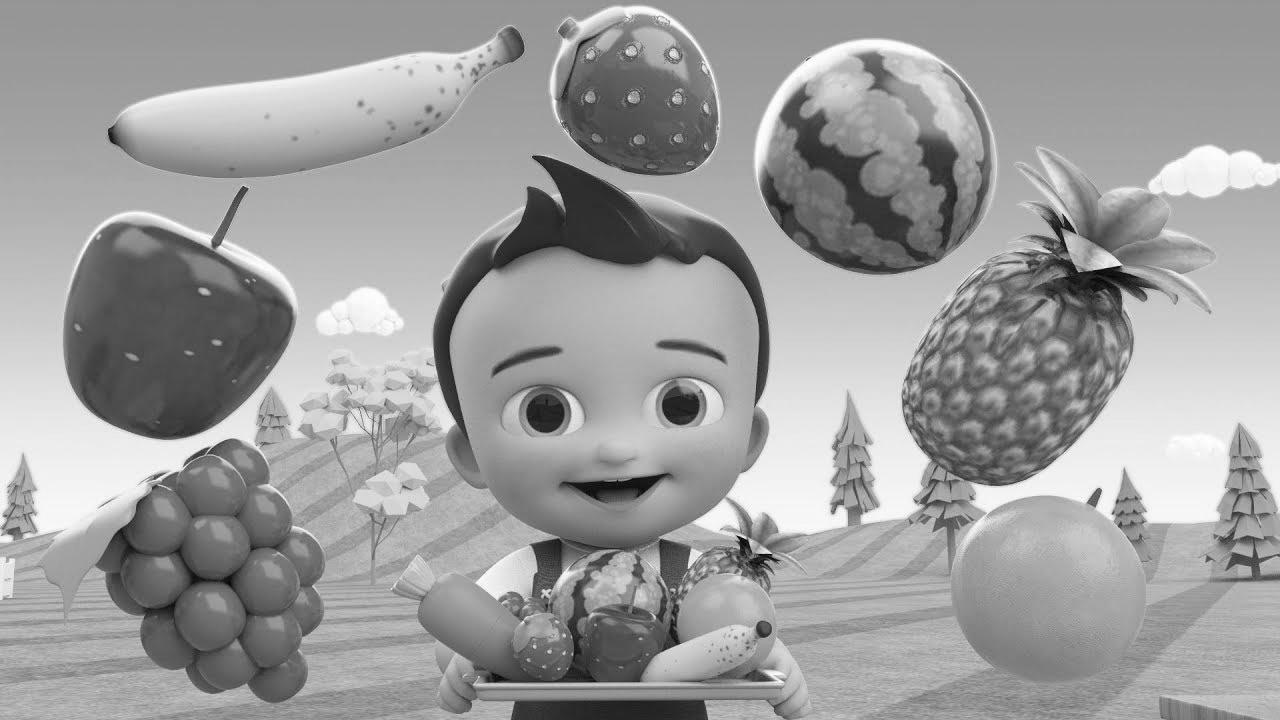Be taught Colors & Fruits Names for Children with Little Child Fun Play Cutting Fruits Toy Prepare 3D Children
Warning: Undefined variable $post_id in /home/webpages/lima-city/booktips/wordpress_de-2022-03-17-33f52d/wp-content/themes/fast-press/single.php on line 26

Learn , Be taught Colours & Fruits Names for Children with Little Baby Enjoyable Play Chopping Fruits Toy Train 3D Kids , , ucHRFkDjUgg , https://www.youtube.com/watch?v=ucHRFkDjUgg , https://i.ytimg.com/vi/ucHRFkDjUgg/hqdefault.jpg , 192853958 , nan , Learn Colors & Fruits Names for Youngsters with Little Baby Enjoyable Play Chopping Fruits Toy Train 3D Youngsters Subscribe Here By Following ... , 1534680357 , 2018-08-19 14:05:57 , 00:19:22 , UC2RNg_QGZriSGQo6enPLpeQ , Tremendous Loopy Children , , , [vid_tags] , https://www.youtubepp.com/watch?v=ucHRFkDjUgg , [ad_2] , [ad_1] , https://www.youtube.com/watch?v=ucHRFkDjUgg, #Study #Colors #Fruits #Names #Youngsters #Baby #Enjoyable #Play #Cutting #Fruits #Toy #Train #Children [publish_date]
#Be taught #Colors #Fruits #Names #Children #Child #Enjoyable #Play #Slicing #Fruits #Toy #Train #Youngsters
Learn Colours & Fruits Names for Children with Little Baby Fun Play Slicing Fruits Toy Train 3D Kids Subscribe Right here By Following ...
Quelle: [source_domain]
- Mehr zu learn Eruditeness is the process of feat new disposition, cognition, behaviors, skills, values, attitudes, and preferences.[1] The inability to learn is demoniac by world, animals, and some machinery; there is also evidence for some rather education in indisputable plants.[2] Some encyclopedism is close, induced by a single event (e.g. being unburned by a hot stove), but much skill and noesis put in from repeated experiences.[3] The changes iatrogenic by encyclopaedism often last a life, and it is hard to identify knowledgeable stuff that seems to be "lost" from that which cannot be retrieved.[4] Human encyclopedism starts at birth (it might even start before[5] in terms of an embryo's need for both fundamental interaction with, and immunity inside its environs inside the womb.[6]) and continues until death as a result of ongoing interactions betwixt populate and their state of affairs. The world and processes active in encyclopedism are unstudied in many established comic (including educational science, psychological science, psychology, cognitive sciences, and pedagogy), besides as emergent william Claude Dukenfield of knowledge (e.g. with a shared pertain in the topic of encyclopedism from device events such as incidents/accidents,[7] or in collaborative education wellness systems[8]). Look into in such comedian has led to the recognition of individual sorts of eruditeness. For exemplar, eruditeness may occur as a result of habituation, or conditioning, operant conditioning or as a outcome of more complicated activities such as play, seen only in comparatively rational animals.[9][10] Encyclopaedism may occur unconsciously or without conscious incognizance. Encyclopaedism that an dislike event can't be avoided or on the loose may outcome in a shape called conditioned helplessness.[11] There is testify for human activity education prenatally, in which addiction has been ascertained as early as 32 weeks into gestation, indicating that the important nervous organisation is insufficiently developed and set for encyclopedism and mental faculty to occur very early on in development.[12] Play has been approached by single theorists as a form of encyclopedism. Children try out with the world, learn the rules, and learn to act through and through play. Lev Vygotsky agrees that play is pivotal for children's improvement, since they make meaning of their surroundings through action instructive games. For Vygotsky, yet, play is the first form of education terminology and communication, and the stage where a child started to see rules and symbols.[13] This has led to a view that education in organisms is definitely kindred to semiosis,[14] and often connected with nonrepresentational systems/activity.